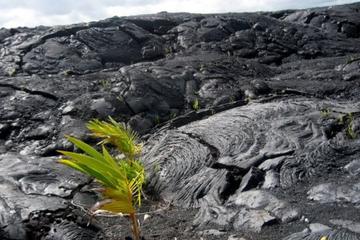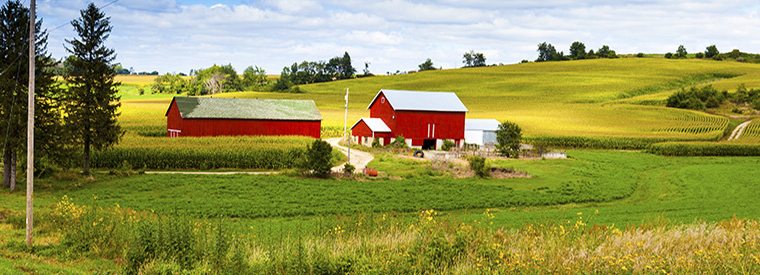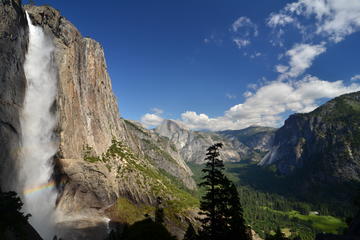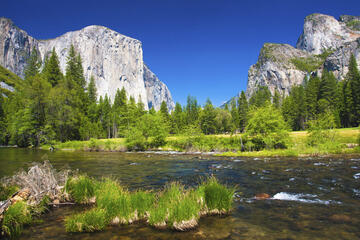The Everglades National Park, covering much of the southeastern tip of Florida, is more than a big swamp full of alligators. True, you will see alligators - lots of them - but this unique subtropical wilderness also supports such creatures as American crocodiles, bottlenose dolphins, manatees, snowy egrets, bald eagles and ospreys.

And amid the mangroves, cypress, hardwood hammocks and miles of sawgrass, there are endless opportunities for hiking, bicycling, canoeing, kayaking, or taking an airboat ride.
You can book Everglades tours departing from Miami, Fort Lauderdale and Fort Myers in addition to Orlando. Spot alligators on a day-trip along the Tamiami Trail or take a two-hour tram tour in Shark Valley.
When hunger pangs set in, stop in Everglades City for a plate of gator nuggets and frog’s legs. The visitor center at Big Cypress National Preserve has great exhibits for kids and an outdoor, water-filled ditch popular with alligators.
Click here for:















